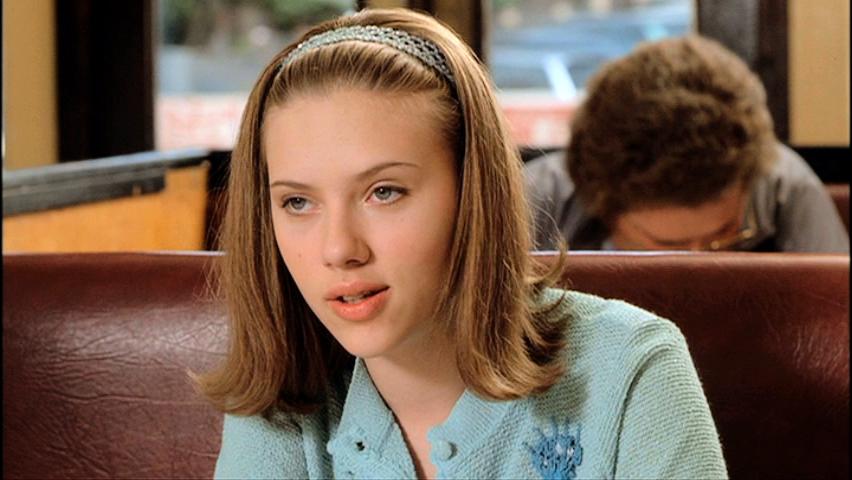
The loosely defined term “cult comedy” often brings to mind obvious titles like The Big Lebowski and Clerks. These choices are so time-tested, they almost transcend their cult status into a simpler pantheon of comedy classics. Propelled by midnight showings and VHS and DVD rentals, these comedies were appointed to cult status by traditional word-of-mouth and critics’ re-evaluation.
In the 21st century, comedies become cult through the most rabid of fanbases and cultural tastemakers – the internet. Critics and bloggers guess at release, based on the accessibility of the humor alone, whether a film will become a cult classic. Five years on, the endless quoting through gifs and memes make it easy to trace a silly movie’s burgeoning cult following. Social media eventually decides whether the critics were right.
Cult comedies have a bold style (including iconic costumes and sets), memorable performances, are endlessly quotable, and often take irreverent risks in genre-blending or genre-bending. And obviously they must be funny. They can either be bombs or smash hits at release, what matters is how much fans love them, despite their (sometimes very slight) deviations from mainstream appeal. The following 10 films are just some of the most notable comedies from the last twenty years that have earned a cult reputation or very soon could.
1. Wet Hot American Summer (2001)
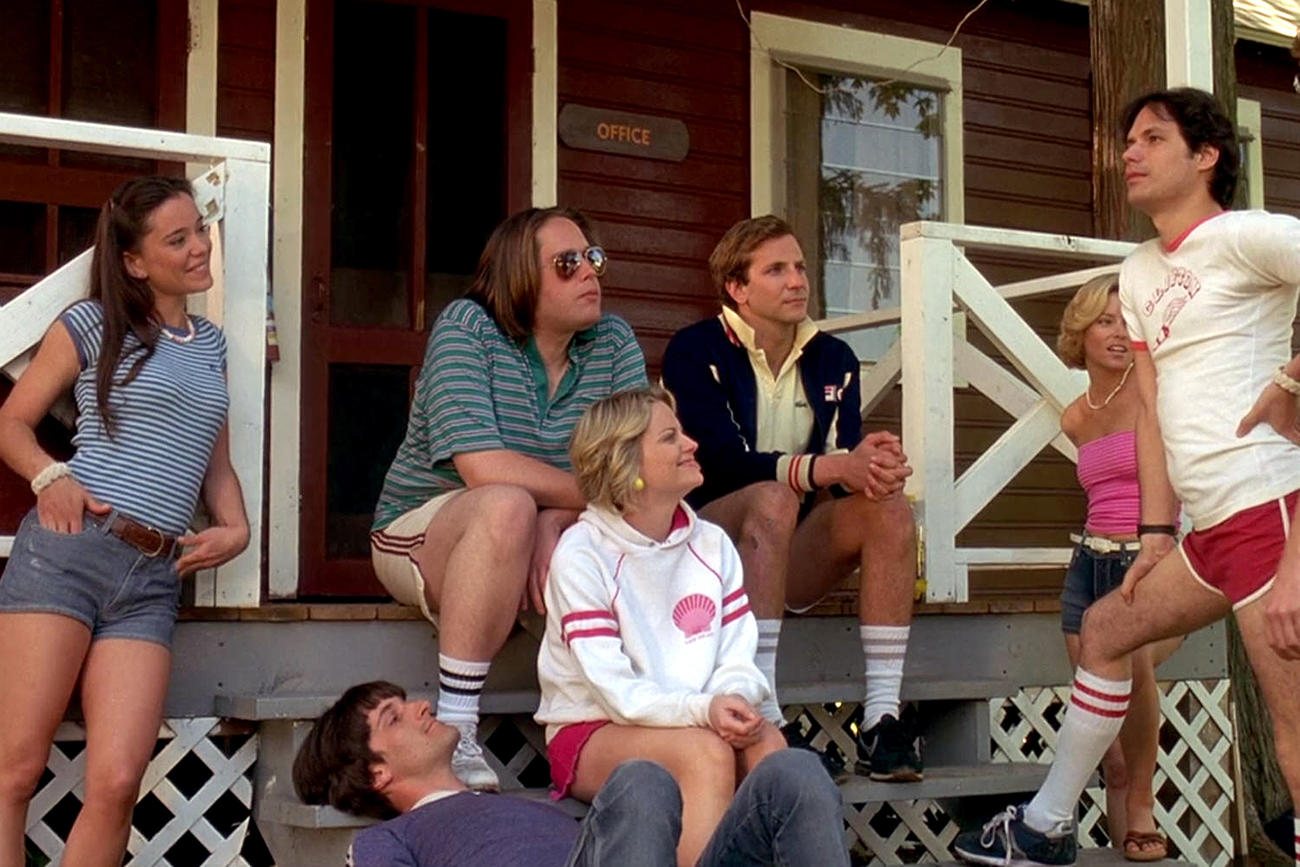
Following the classic formula of setting a film during a period of less than a day, Wet Hot American Summer presents the last day of summer camp in 1981. While preparing for a farewell talent show, the counselors scramble to hook up with one another as disasters befall them and the young campers.
Like TV’s Freaks and Geeks, Wet Hot American Summer is most notable for its cast, a veritable who’s who of future comedy stars. It is also the film debut of Bradley Cooper. Contributing to its absurd and episodic plot points, like Monty Python and The Holy Grail, WHAS has its roots in sketch comedy. Director David Wain and many of the cast members started out in a New York sketch troupe, The State.
Definitely on the sillier side of the cult comedy spectrum, the film satirizes the campy, raunchy comedies of the early 1980s. Imagine how Friday The 13th may have played out if Jason Voorhees just never showed up to slaughter the cheesy, horny camp counselors. The silly is laid on so thick that even the casting is a joke, with 30-year-olds playing teenagers. At release, it was quite easy to dismiss as another instance of unfocused, low-budget foolishness.
After much of the ensemble cast – including Amy Poehler, Elizabeth Banks, and Paul Rudd – went on to establish prolific careers for themselves, the film was re-evaluated. Shifts in mainstream comedy, making room for experimental humor, have likely helped Wet Hot American Summer gain mass appreciation and expand into a full Netflix franchise.
2. Ghost World (2001)
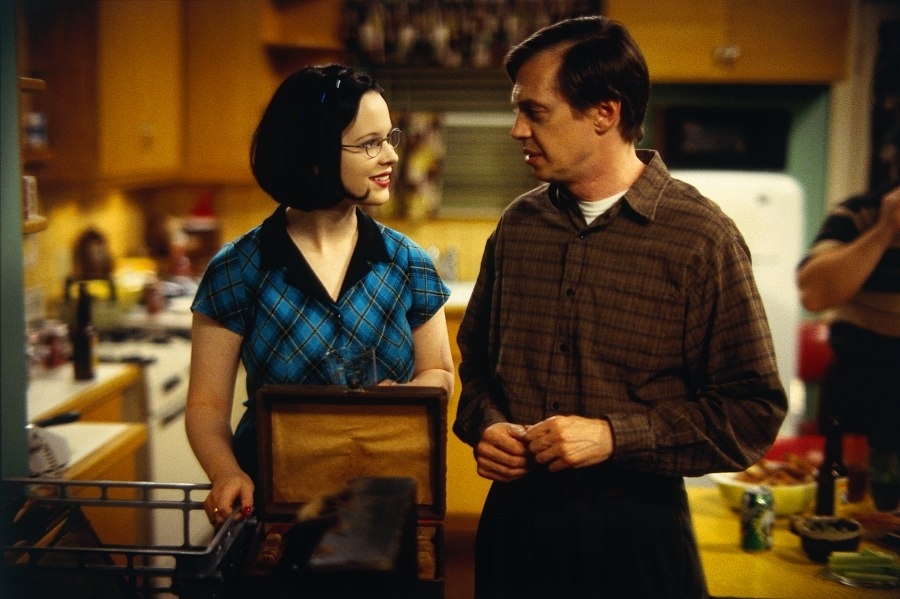
The adaptation of Daniel Clowes’s comic centers on Enid Coleslaw, a teen in the depths of post-grad blues. Prone to acting out and gripping her elitist attitude like a security blanket, she grows apart from her maturing best friend while taking an interest in a middle-aged sadsack, Seymour. The film is well-cast and retains the mundane and empty vision of Anywhere, USA from the graphic novel, while telling a much more involved story.
Like the MTV series Daria, the humor leans on the protagonist’s cynical view of everyday jerks and fakes. For better or worse, it is easy to relate to either Enid or Seymour as their attitudes tap into the alienation one feels when they are out of step with modern society. It’s that kind of connection that makes fans feel strongly about small movies like this. It still holds up for all the self-proclaimed outcasts at crossroads in their lives.
Additionally, recent films and prestige TV which explore the crumbling of female friendships owe a great debt to this film. While certainly not the first to tackle the subject, Ghost World is an exemplary early 21st century example, painting detachment from high school friends with sensitivity yet no sentimentality.
3. Happy Death Day (2017)
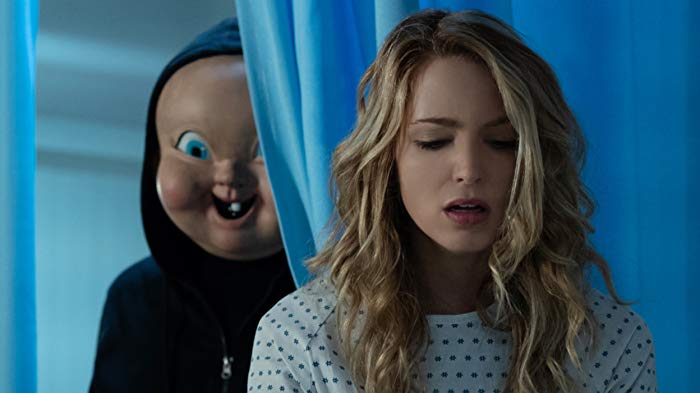
In Happy Death Day, a college student goes on a personal journey of growth as she is forced to relive her fatal birthday repeatedly, investigating the who and why behind her murder.
It’s rare that a slasher film can be widely described as delightful and fun but that’s exactly what Happy Death Day is. Its blend of horror and comedy with a dash of science fiction is a well-established recipe for cult appeal. Lead actress Jessica Rothe carries the film with ease and the twists are engrossing and wonderfully baffling. Audiences loved this horror take on Groundhog Day so much that an even more adventurous sequel, Happy Death Day 2U, hit theaters in 2019. It could very well still entertain years from now, especially for young fans who may feel nostalgia for it in adulthood.
4. Shaun of the Dead (2004)
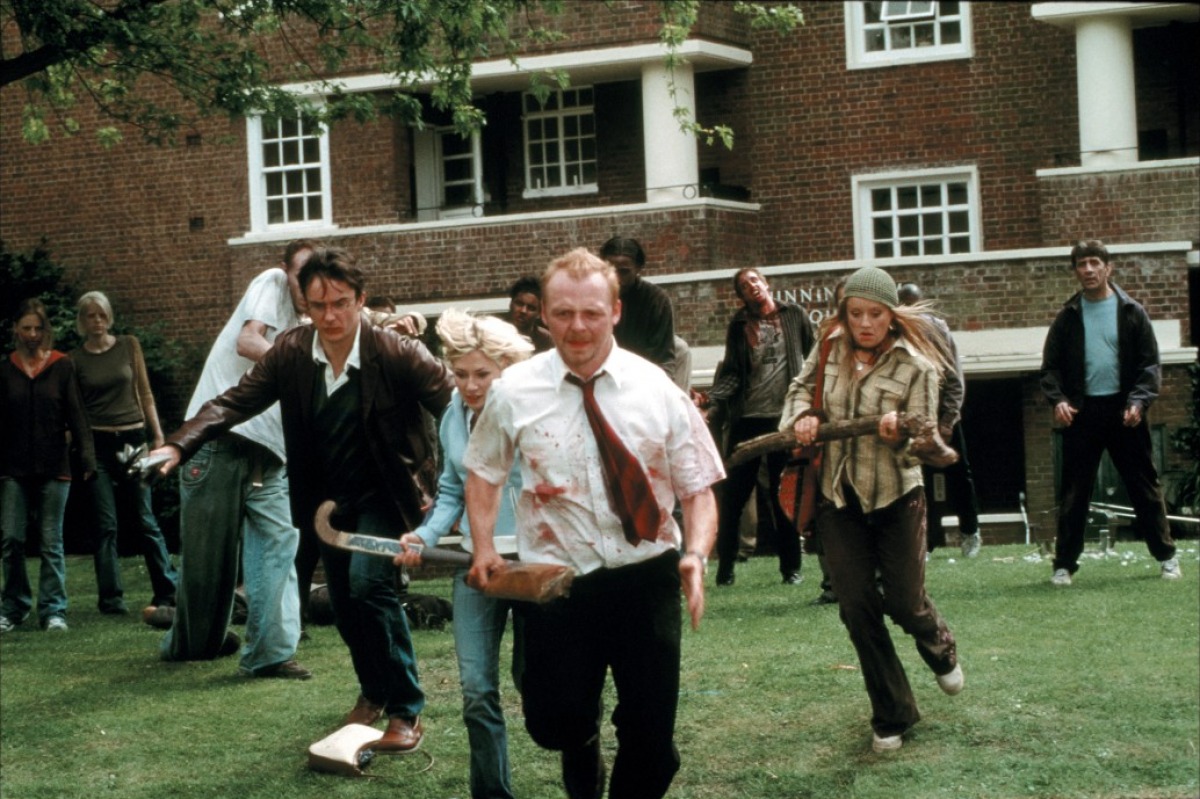
Widely praised for its exciting editing and cinematography, Shaun of the Dead is a legitimately great horror film as well as a seminal 2000s male bonding comedy. The plot centers on Shaun, an aimless and heartbroken man, who attempts to lead his loved ones to safety during a zombie outbreak in London. Since it is a horror film, he’s not very successful at protecting his group but finds heroic qualities in himself nonetheless.
Cult connoisseurs had good reason to cheer the arrival of Shaun of the Dead as the second coming of Evil Dead 2, of which it bears significant influence. Its success carried a much more obvious impact throughout the 2000s than the quiet impact of flops with eventual cult appeal. It revived both the horror-comedy genre and, along with 28 Days Later, the zombie subgenre. The film is also the first in a loosely connected series, the Three Flavours Cornetto trilogy, which celebrated genres (buddy cop films and sci-fi) that are also ripe for fan fervor and impassioned defense.
5. Best in Show (2000)
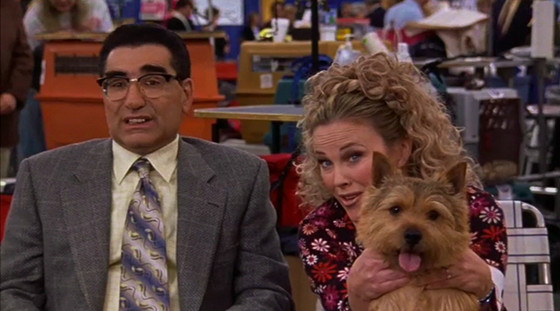
Like Mike Judge, Christopher Guest already had bona fide cult cred from previous classics, the Rob Reiner directed This is Spinal Tap and his own film Waiting for Guffman. Those films were previews of the mockumentary trend that Best in Show would solidify at the start of the 2000s. The film follows the dysfunctional, somewhat ignorant, and out of touch participants of a dog show.
Its appeal lies in its deadpan flavor of comedy, owed to almost entirely improvised dialogue by capable actors, customary for Guest mockumentaries. The same actors are used repeatedly in his films, presumably because these films require that improvisers are both extremely talented and have natural chemistry with one another. There is also another connection to sketch comedy as Best in Show cast members Catherine O’Hara and Eugene Levy starred in the powerfully influential sketch show SCTV in the 70’s and 80’s. The late Fred Willard also gives a standout performance as the dog show color commentator.